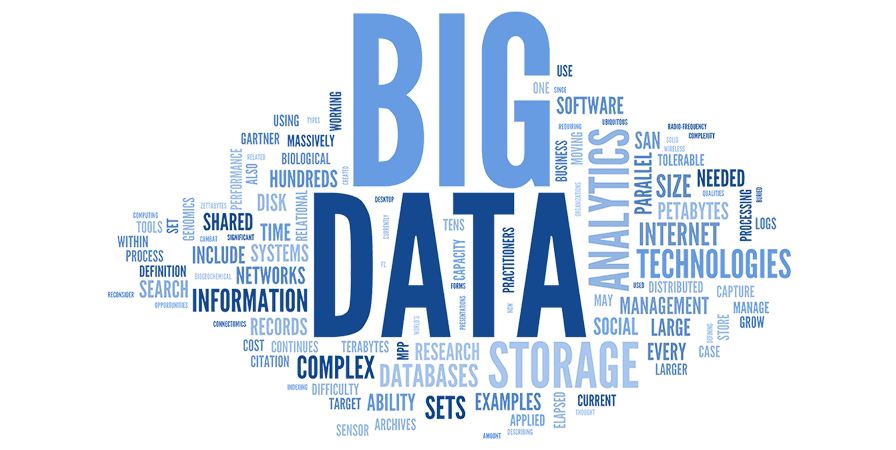Loading

Big data refers to large and complex sets of data that exceed the capabilities of traditional data processing applications. This data is characterized by its volume, velocity, variety, and, more recently, veracity and value. Big data analytics involves the use of advanced technologies and techniques to extract meaningful insights, patterns, and knowledge from these massive datasets. Here are key aspects of big data and why it is important in various fields:
Big data is characterized by a massive volume of data. This could be in the order of terabytes, petabytes, or even exabytes of information generated from various sources such as social media, sensors, transactions, and more. Managing and processing such large volumes of data is a key challenge.
The velocity of big data refers to the speed at which data is generated, collected, and processed. With the advent of real-time data sources like social media, IoT devices, and online transactions, data is generated at an unprecedented speed, requiring efficient real-time processing.
Big data comes in various formats and types, including structured, semi-structured, and unstructured data. This includes text, images, videos, log files, sensor data, and more. Handling diverse data types poses challenges for traditional data processing systems.
Big data is characterized by a massive volume of data. This could be in the order of terabytes, petabytes, or even exabytes of information generated from various sources such as social media, sensors, transactions, and more. Managing and processing such large volumes of data is a key challenge.
Veracity refers to the reliability and accuracy of the data. Big data sources often involve data with varying levels of quality and accuracy. Ensuring the veracity of data is crucial for making informed decisions based on trustworthy information.
Extracting value from big data is the ultimate goal. Organizations invest in big data analytics to gain insights that can lead to better decision-making, improved efficiency, new product development, and enhanced customer experiences.
Variability in big data refers to the inconsistency in the data flow. This can include seasonal variations, spikes in user activity, or other fluctuations. Handling variability is essential for maintaining the reliability of insights derived from big data.
Big data analytics involves using advanced analytics techniques, including machine learning, predictive modeling, data mining, and statistical analysis, to discover patterns, trends, and correlations within large datasets. These analytics help organizations make data-driven decisions.
Big data often requires specialized storage solutions and data warehouses that can handle the sheer volume and complexity of the data. Technologies like Apache Hadoop, Apache Spark, and cloud-based solutions provide scalable and distributed storage for big data.
Processing and analyzing big data often require distributed computing frameworks to distribute the workload across multiple nodes or clusters. Technologies like Apache Hadoop and Apache Spark enable parallel processing and efficient utilization of resources.
Big data has applications across various industries, including finance, healthcare, retail, telecommunications, manufacturing, and more. It helps organizations optimize processes, enhance customer experiences, improve product development, and gain a competitive edge.
“In summary, big data represents a paradigm shift in how we handle and analyze data. The ability to harness the potential of big data through advanced analytics has transformative effects on industries and allows for more informed decision-making in a rapidly evolving technological landscape.”